A Weekend in Krakow: The City, Auschwitz-Birkenau, and the Wieliczka Salt Mine
A Weekend in Krakow: The City, Auschwitz-Birkenau, and the Wieliczka Salt Mine
I have wanted to visit Krakow for years. After learning about the Holocaust and World War II, a visit to Auschwitz-Birkenau made its way onto my bucket list. The opportunity arose to go when I was searching for flights to anywhere in Europe for after my Paris trip, and the flight to Krakow, Poland was only $10 through Ryanair. It got up to $25 when I wanted to add some baggage, but the low price still can’t be beat. So, I booked my ticket and packed some extra warm clothing for the trip.
The City
An Old Town Walking Tour
I arrived in Krakow around mid-day on Friday, and set off for a 2.5 hour free walking tour of the Old Town with Walkative. The company has several free walking tours around Krakow, and the one I did ended up being a good introduction to the city.
We started out at St.Florian’s Gate and the Barbican, parts of the city wall from a century long before the discovery of the Americas.
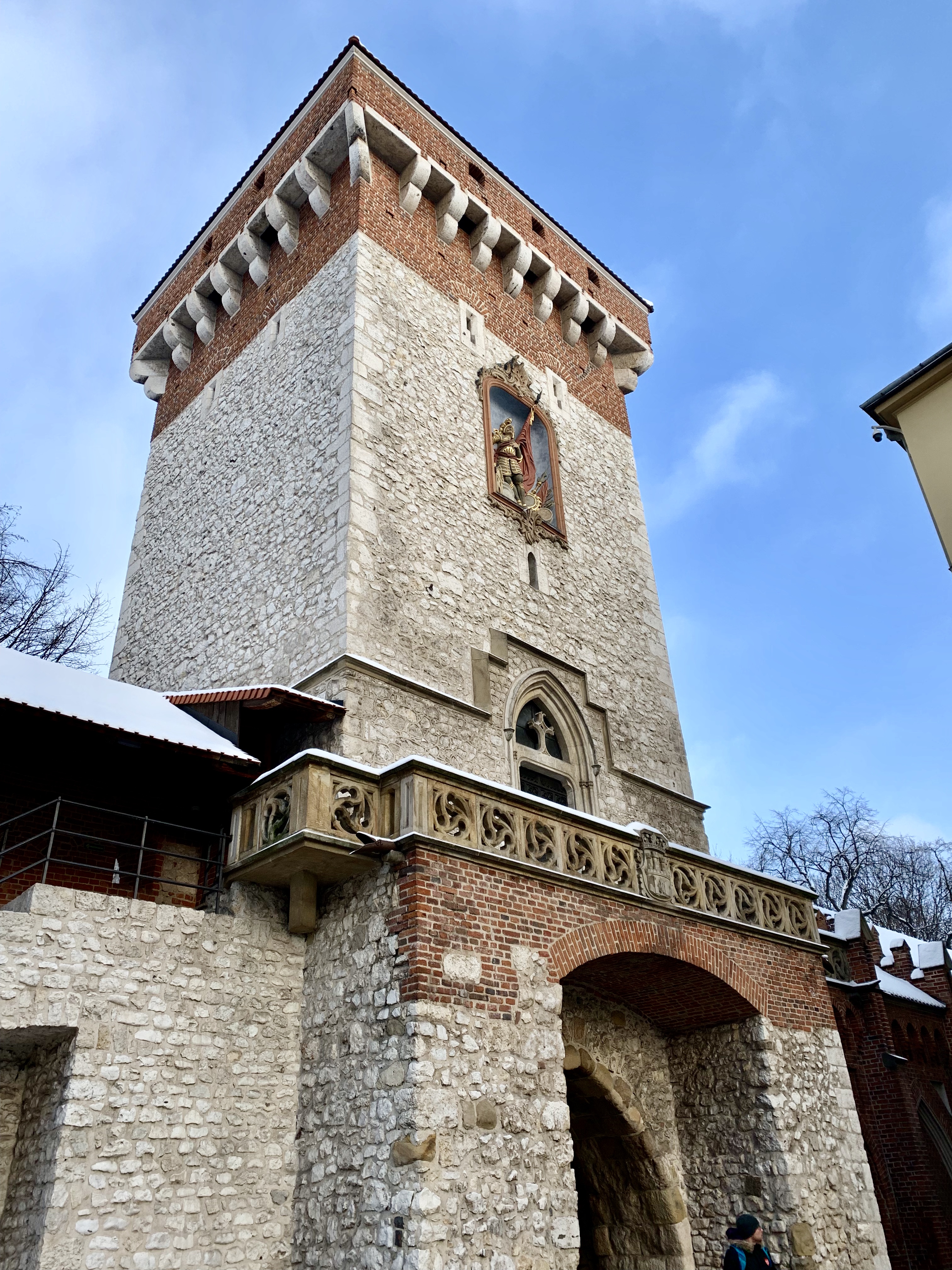
St.Florian’s Gate
We then walked through the Market Square, the largest medieval square in all of Europe, measuring 200 meters by 200 meters. It was there that we saw the bell tower, the market in the middle of the square, and the gorgeous St.Mary’s Basilica. Our tour guide, Augustin, told us a legend about the height of the bell towers. Legend says that two brothers were designing the two towers, competing with each other to build the taller of the two. One brother prevailed, and his tower was taller. Then, his brother killed him and built his own tower taller. After, wracked with grief, he leapt to his death from the tower.
The story? All a lie. Made up by a tour guide and told to an American that wanted a reason as to why one tower was taller. The tourist then spread the story and now every guide in Krakow tells it. Augustin called the story the “original fake news.”

The bell tower in Market Square

St.Mary’s Basilica in Market Square

Market Square
After admiring the beautiful square, we walked through the University district, where we watched a clock tower show in one of the University’s courtyards. At the chiming of the bells at 3 pm, ceramic figurines representing Polish historical figures came out of the tower and paraded to music.

We then followed Augustin to Wawel Hill as he told us about St.John Paul II, the Polish Pope that did a lot for Poland. Images of the former Pope can be seen all around the city. And then we saw Wawel Hill, where the Wawel Castle and Wawel Cathedral are located.

The beautiful Wawel Cathedral
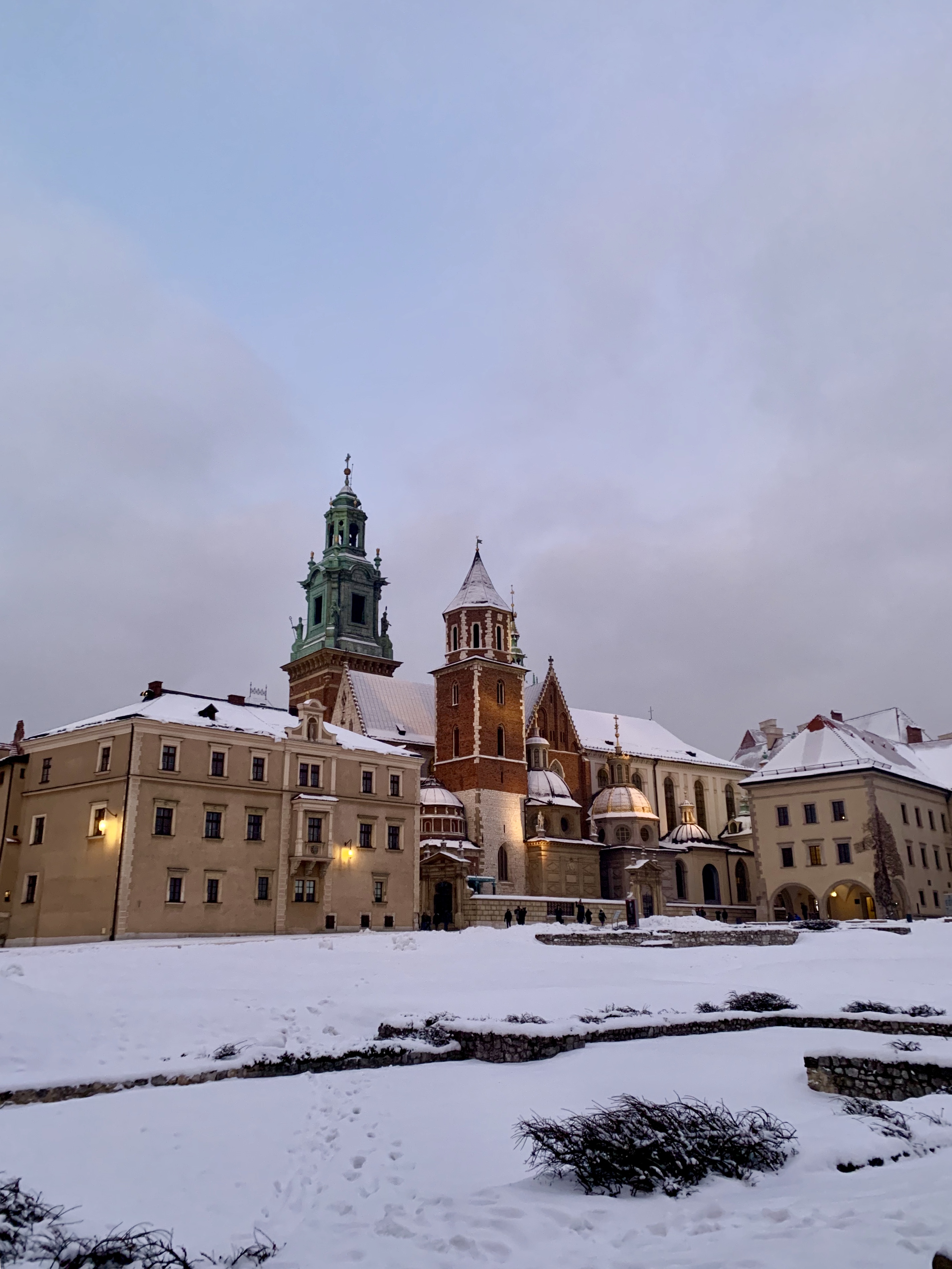
The Wawel Castle and Cathedral
Wawel hill is absolutely beautiful, and I made my way back there on my other days in town to further admire the buildings and get some pictures when it wasn’t so cold.
The tour ended up on the hill, and I left it knowing just a bit more about Polish history and culture.
Wandering Around the Kazmierz
The Kazmierz is the historical Jewish Quarter of Krakow. The city used to have a huge Jewish population before World War II, and remnants of the culture and Jewish life are still very prevalent in this area. On my last morning in the city before catching my flight to Vienna, I wandered around the Kazmierz, admiring the synagogues and street art.
Food: Pierogies, Pierogies, and more Piergoies
I love pierogies. They’re like little pockets of heaven, and I ate so many of them when I was in Krakow. On my first night there, after the walking tour, my guide gave me a map with tons of recommendations for restaurants with great traditional Polish food.
I picked one near the Wawel Castle in the Kazmierz called Kuchnia u Doroty because the map described it as even being popular with the locals. There, I got an order of cheese and potato pierogies, traditional beet soup, and a traditional fruit compote drink that came free for having the map. The pierogies were delicious and came in a huge order – 11 of them. I was nervous about the beet soup because I don’t typically like beets, but it was surprisingly good and perfectly warm after being out in the cold for hours. One of the best parts of the meal was that it only cost 24 PLN, or the equivalent of about $6!
After dinner, I took an uber back to my hostel, and my driver told me that Kuchnia u Doroty is one of the best restaurants in the city, and that the must-order dishes there are the beet soup and the potato and cheese pierogies. Nailed it.
- Cheese and potato pierogies at Kuchnia u Doroty
- Beet soup at Kuchnia u Doroty
The next day, I had even more pierogies at a little restaurant near my hostel called Przystanek Pierogarnia. The guide map says that the couple that owns the restaurant makes all of the pierogies from scratch, so I was hooked. I got an order of 10 mixed pierogies and another fruit compote because I liked the one from the night before so much. Each and every pierogi was amazing, and I liked them so much that I ordered a set of 5 strawberry dessert pierogies to take back to my hostel with me.
While I was there, 3 Brits came in and ordered a set of 10 to share. Only 3 pierogies apiece? Inconceivable, especially considering I ate 16 on my own. This meal came out to 21 PLN, or the equivalent of about $5.50.

The inside of Przystanek Pierogarnia.

My order of 10 mixed pierogies at Przystanek Pierogarnia.
On my last day, alas, I did not have pierogies.
However, my meal was insanely good. While wandering around the Jewish Quarter, I stopped for brunch at Marchewka z Groszkiem, a cozy little restaurant with traditional fare. I ordered cottage cheese and cream fritters. I’m not entirely certain what all was on that plate, but all of it sooooo yummy. I also got a free pot of tea for showing my map, and the entire meal only cost 14 PLN, or about $4.50.
A Tour of Auschwitz-Birkenau
I’m not entirely sure how to put this experience into words. I arrived at Auschwitz around 10 in the morning with a tour group. It was very cold and snowing, which gave a more impactful idea of what prisoners had to face than if I had gone on a beautiful, sunny day. We were lead through the camp and exhibitions by a guide for about an hour and a half. It was rough to say the least. I began walking through it feeling numb, but then completely lost it when I saw the piles of hair that had been cut off of women’s heads before they were sent to do grueling work, or more likely, the gas chambers. There is a room with piles and piles of this hair from approximately 50,000 women. There were plans to use the hair for mattress stuffings and textiles. Seeing that kind of visual representation of the suffering of real people gets to you.
It was next that I saw the piles of tiny baby clothes and itty bitty shoes. I couldn’t help but cry openly at those, and people who know me well know that I am not a crier. It’s just not possible to visit that place and not be strongly affected.
After Auschwitz, we drove over to Birkenau. I was shocked at how big the camp was – it went on and on as far as the eye could see. It was a machine. The guide constantly used the word ‘efficient.’ The Nazis were incredibly efficient in the mass murder of millions. There, we saw the railroad tracks that brought people in my the thousands as well as the remnants of the gas chambers that the Nazis destroyed in a last-ditch effort to hide what they did.
The entire tour was gut-wrenching, but I am glad that I went. The camp serves as a crucial reminder of what unchecked human cruelty can lead to and accomplish. I hope that visitors to the camp leave with the same resolve that I did to speak up and not turn a blind eye to atrocities that take place around the world. The United States seems to be at a crucial point right now where nationalism is on the rise and divisions as concrete as walls between ‘us’ and ‘them’ are being solidified day after day. It is important that we together work toward what is right and to not let others suffer because we were complacent.
The Wieliczka Salt Mine
My tour group traveled to the Salt Mine after our tour of Auschwitz. It was a much lighter tour rife with jokes, which was welcome after a heavy morning. The mine operated from the 13th century up until 1996, and is now a historical monument.
We took almost 400 stairs down to the first level of the mine, where our guide regaled us with tales of the mine and encouraged us to lick the walls to taste the salt. I did not do this. The mine receives over a million visitors a year. That means potentially millions tongues on the walls over the past decade or so. No thank you.
Throughout the tour were tons of carvings made of salt, including an entire chapel complete with wall carvings of the Last Supper and chandeliers dripping with halite.

The chapel carved from salt

A rendition of the Last Supper carved from salt
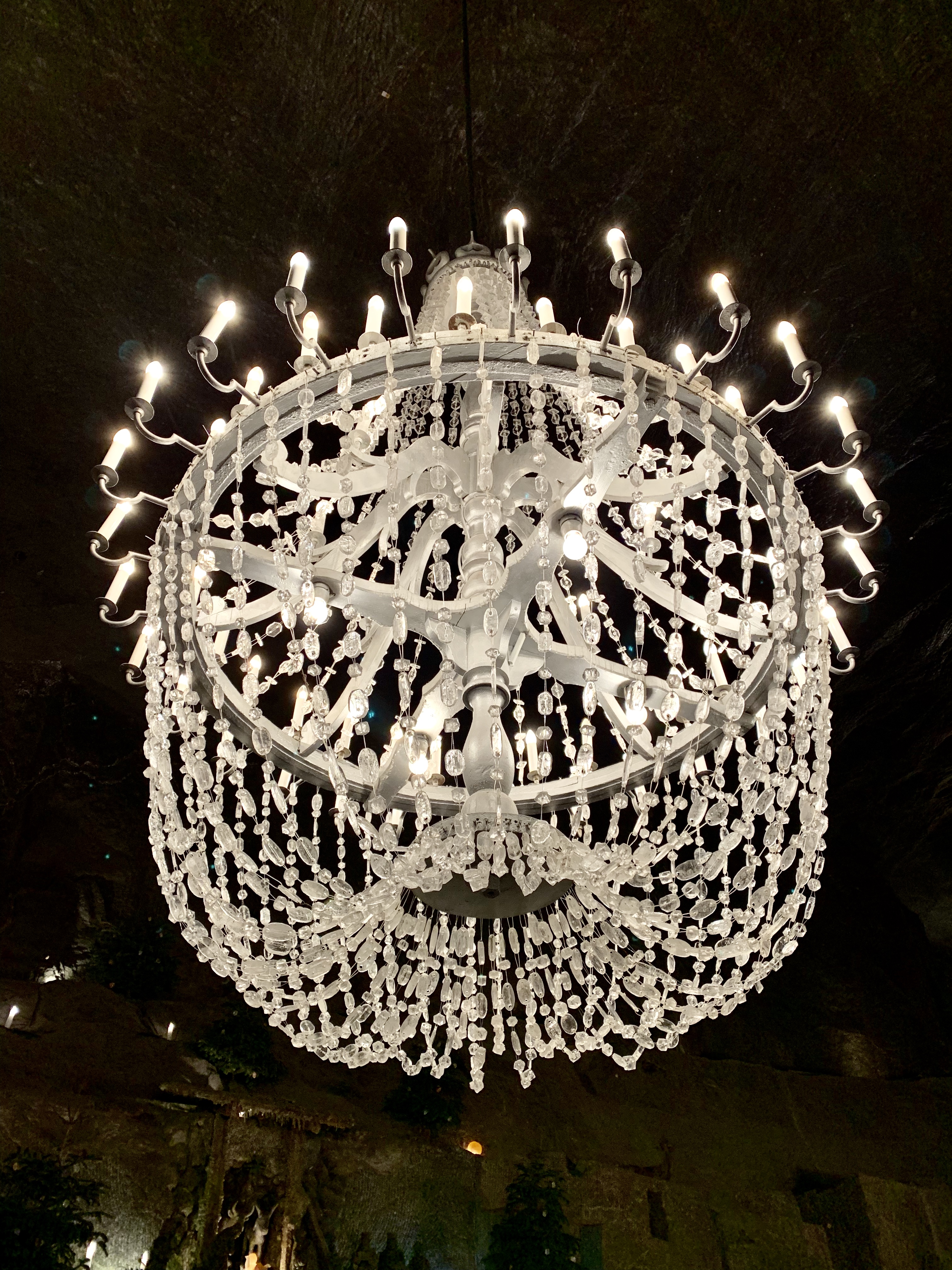
A chandelier also made from salt
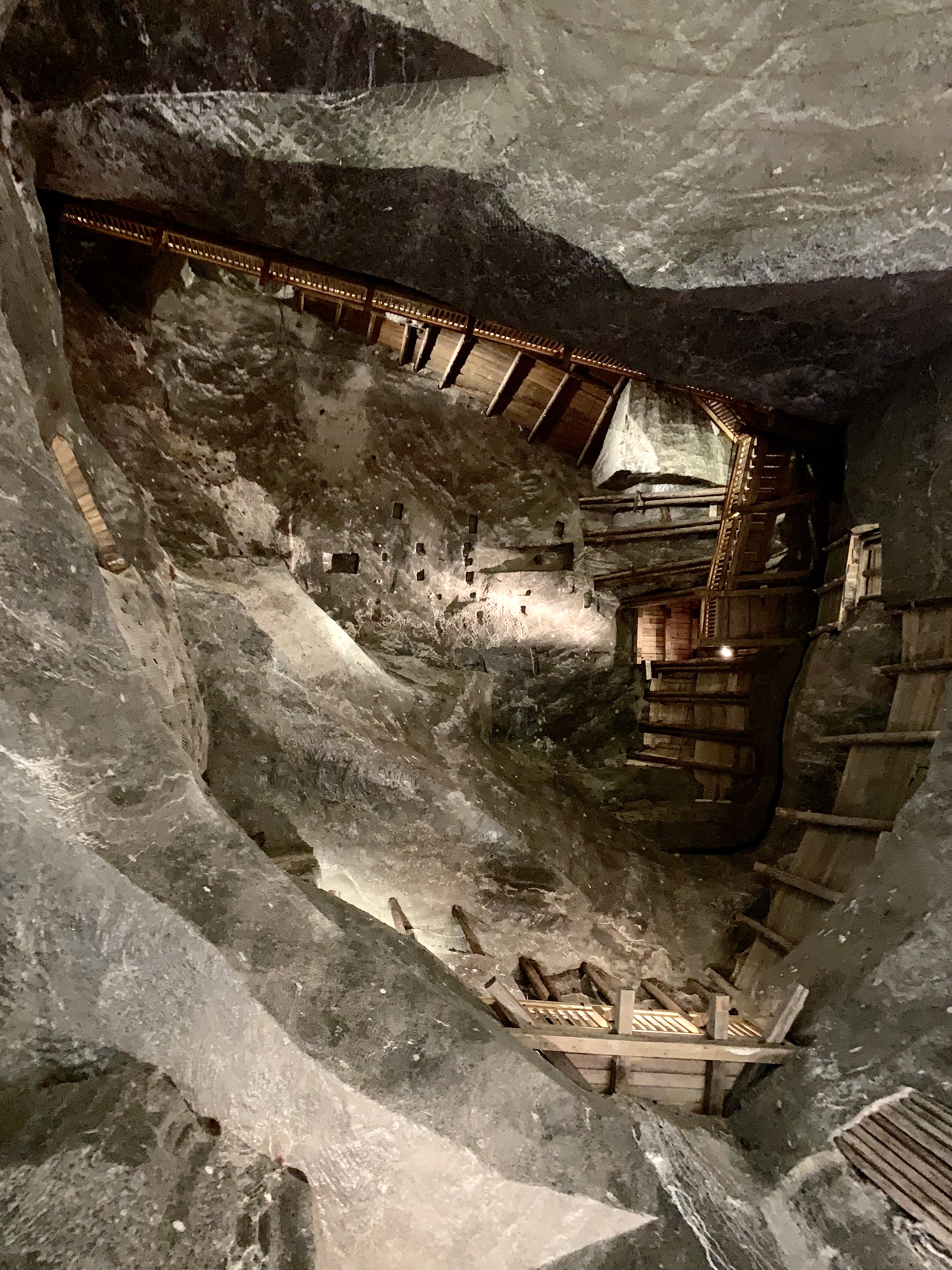
A view from the bottom level of the mine at the end of the tour
Overall, the mine was interesting and impressive and made for a cool little trip outside of the city.
My time in Krakow was really short, but I am incredibly thankful for the opportunity to see a beautiful European city and experience an important piece of history. I would love to make it back to Poland, but maybe when it’s a bit warmer next time.

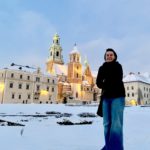
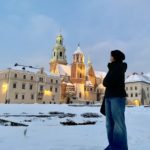

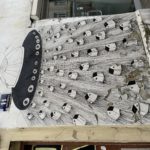
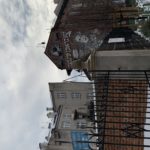
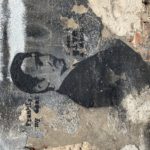
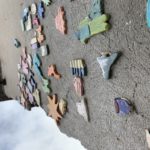
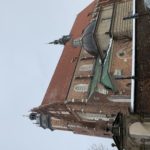
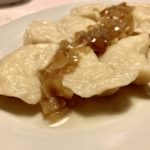
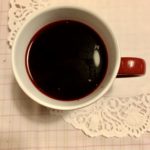
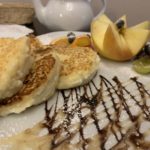
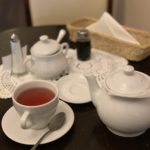
Caitlin,
I’m overwhelmed by your descriptions of your experiences. Thank you for sharing and also your comments about what we are experiencing here in our country when there is little restraint for unacceptable actions by our “leaders??” .
Breath-taking and sad in parts, yummy looking in others.